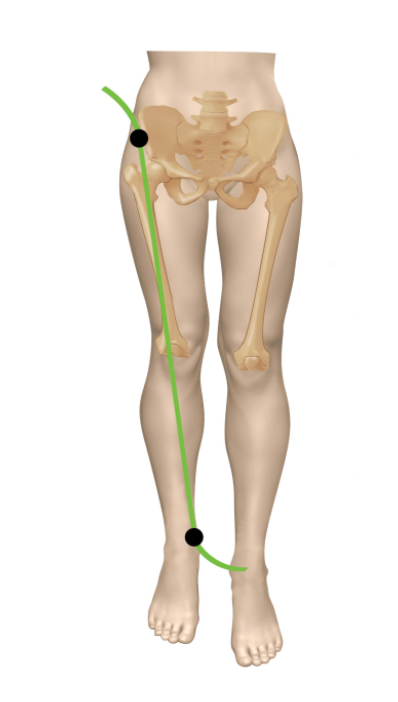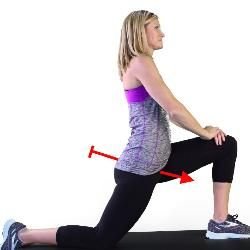How Do You Measure For a Leg Length Discrepancy (LLD)?
Reading time: 3 minutes
Neely et al. (2013) found a measurement you can perform in the office that is 98% as accurate as a CT. “In conclusion, the current study reveals that using the Supine Tape Measure Method (TMM) to the nearest 1 mm to measure LL is valid, compared to CT scans, and reliable in clinicians with similar training and experience” (1)
Leg Length Discrepancy Measurement
With a patient supine, measure from the anterior superior iliac spine (ASIS) of the pelvis to the medial malleolus of the ipsilateral ankle.
Why does this matter?
Patients with gluteal tendinopathy, sacroiliac joint dysfunctions, knee, ankle, and back pain all may be in compensation to a LLD—especially in long-distance runners and walkers. If manipulation, rehabilitation, and manual therapy are not correcting the diagnoses mentioned above, consider looking for other abnormalities, like LLD, that could lead to biomechanical adaptations.
What are the most common problems associated with LLD?
Long Leg Side
Patients with structurally longer legs have an increased incidence of hip osteoarthritis. 84 % of people presenting for hip replacement are having it performed on the longer limb. (2)
73% percent of activity-induced stress fractures military populations have it on the longer leg side. (3)
Short Leg Side
Patients overuse the contralateral hip abductors because of the increased distance the leg must fall to the ground. These patients are prone to gluteal tendinopathy from repetitive stress. (4)
Fibular stress fractures are also more common on the short leg due to compensatory foot external rotation during walking and running. (3)
What do you do when LLD contributes to your patient’s symptoms?
1. Runners with a LLD of >1/6 inch or 4 mm require a similar-sized lift. (4)
2. LLD results in characteristic compensations to the pelvis. The long leg side will posteriorly tilt the hip. Stretching into hip extension will help regain this adaptively shortened tissue. Conversely, the short leg side will result in forward tilting of the pelvis. Incorporating knee to chest exercises may offset this imbalance.
Long Leg
Short Leg
Both stretches and the heel lift are simple treatment strategies to use on your next patient. Every patient suffering from back and lower extremity pain while walking or running deserves this simple screen as a part of your gait and orthopedic evaluation.
Never Stop Improving Your Clinical Skills
If you liked this blog, it's time to get started with a ChiroUp account which includes:
✓ The most sensitive & specific orthopedic tests
✓ The most effective manual therapy techniques
✓ The most appropriate exercises and ADL’s
✓ Additional clinical pearls for achieving exceptional outcomes
-
Neely, K., Wallmann, H. W., & Backus, C. J. (2013). Validity of measuring leg length with a tape measure compared to a computed tomography scan. Physiotherapy Theory and Practice, 29(6), 487–492.
Tallroth K, Ylikoski M, Lamminen H, Ruohonen K. Preoperative leg-length inequality and hip osteoarthrosis: a radiographic study of 100 consecutive arthroplasty patients. Skeletal radiology. 2005 Mar 1;34(3):136-9.
Friberg O. Leg length asymmetry in stress fractures: a clinical and radiological study. J Sports Med Phys Fitness 1982;22:485-488



